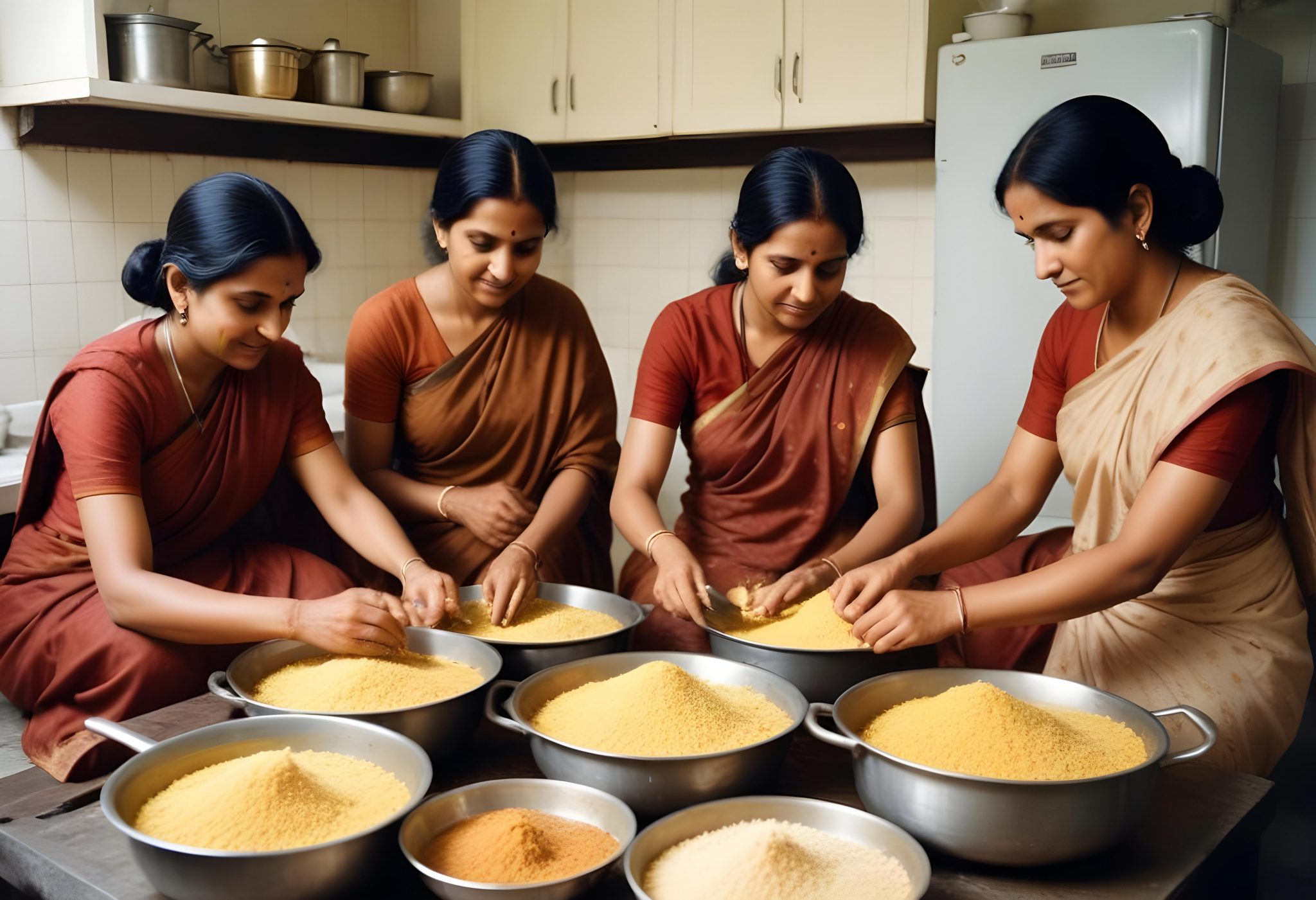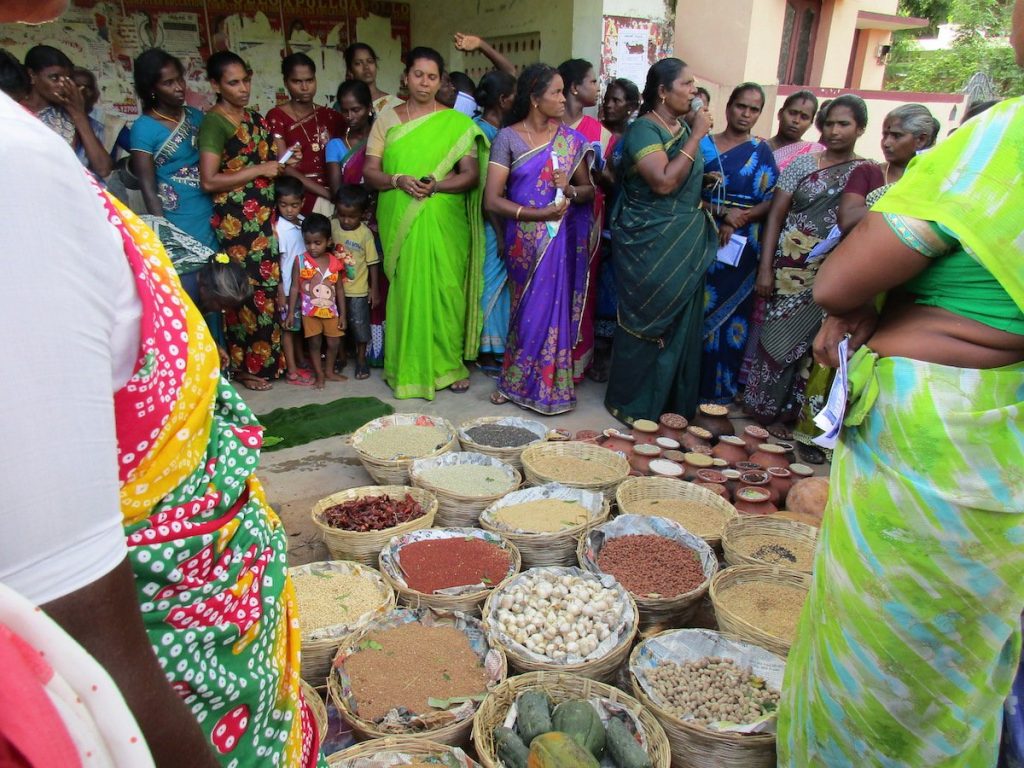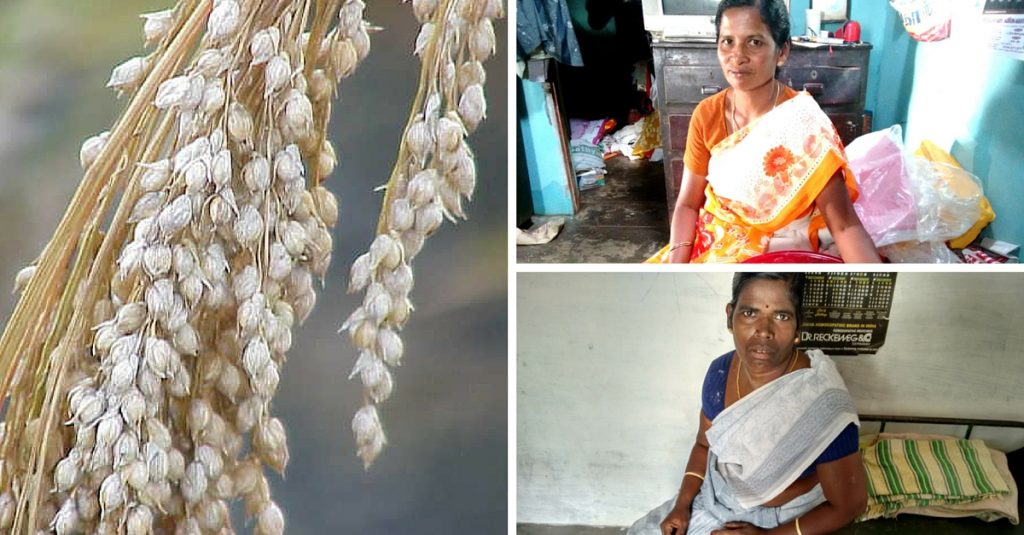
A Case for a Millet Board
In recent years, millet has emerged as a powerful alternative to staple grains like rice and wheat, primarily due to its nutritional benefits and resilience in drought-prone areas. The resurgence of millets, especially in India, is not just a health trend but a movement toward sustainable agriculture and food security. However, Millet Board can boost market readiness and expansion for millet value-added products, particularly those ventured by unorganized and inexperienced rural folks, remain a significant challenge.
The Challenge of Market Readiness for Millet Products
Most millet products in India come from rural areas where farmers, Farmer Producer Organizations (FPOs), and women entrepreneurs have taken the initiative to venture into value-added products such as millet snacks, flours, and beverages. Despite their best efforts, these products often struggle to find a stable market due to several factors:
- Lack of Market Access: Rural entrepreneurs typically lack access to broader markets, limiting their ability to reach urban consumers.
- Inadequate Infrastructure: The infrastructure for processing, packaging, and storing millet products is often lacking, leading to quality issues that hinder market acceptance.
- Limited Knowledge and Expertise: Many rural producers lack formal training in business operations, branding, and marketing, making it difficult for them to compete with established brands.
- Price Sensitivity: Millet products are often priced higher than conventional grains, making them less accessible to a broader audience.


The Need for a Millet Board
To address these challenges and ensure the sustainable growth of the millet industry, the establishment of a Millet Board is essential. Modeled after successful entities like the Coffee Board, Coir Board, and Spice Board, a Millet Board could play a pivotal role in safeguarding the interests of farmers, FPOs, and women entrepreneurs engaged in millet value-added products.
Key Objectives of the Proposed Millet Board:
1. Market Development and Access:
The Millet Board would focus on creating and expanding market opportunities for millet products, both domestically and internationally. This would include organizing trade fairs, promoting millet in urban markets, and facilitating export opportunities.
2. Quality Control and Standardization:
To build consumer trust, the board would implement strict quality control measures and create standardized guidelines for the processing, packaging, and labeling of millet products.

3. Infrastructure Development:
The board would work with state and central governments to improve infrastructure in rural areas, including the establishment of processing units, cold storage facilities, and supply chain networks.

4. Training and Capacity Building:
By offering training programs and workshops, the board would empower rural entrepreneurs with the skills and knowledge needed to run successful businesses. This includes areas like branding, digital marketing, financial management, and compliance with food safety standards.

5. Research and Development:
The board would collaborate with agricultural universities and research institutions to develop high-yielding millet varieties, improve processing techniques, and innovate new value-added products.

6. Advocacy and Policy Support:
The Millet Board would act as a voice for the millet industry, lobbying for policies that support millet cultivation, processing, and marketing. This could include subsidies, tax incentives, and inclusion in government nutrition programs.
Supporting Rural Entrepreneurs: The Role of the Millet Board
One of the key roles of the Millet Board would be to support rural entrepreneurs Empowering Rural Milletpreneurs: Practical Strategies for Success, especially women, who are increasingly involved in the production of millet-based snacks and other value-added products. By offering them access to training, resources, and market opportunities, the board can help them scale their operations and achieve financial independence.

Case Study: Empowering Women Entrepreneurs in Tamil Nadu
In Tamil Nadu, a group of women entrepreneurs Growing Millet Communities: Empowering Women Entrepreneurs through Clusters and Quick Service Restaurants from a small village started producing millet snacks as a way to supplement their family income. However, they struggled with inconsistent product quality and limited market access. With the support of a proposed Millet Board, these women could receive training in quality control and branding, gain access to larger markets through government-backed initiatives, and eventually expand their business across the state and beyond.


Image Credits: GOYA Image Credits:The Better India
Conclusion
A Path Forward
The formation of a Millet Board is not just a proposal but a necessity to ensure the long-term success of the millet industry in India. By focusing on market development, infrastructure, quality control, and capacity building, the board can provide the much-needed support to rural entrepreneurs and farmers. This will not only enhance the market readiness of millet value-added products but also contribute to the overall economic development of rural areas.
As we move forward, it is crucial to recognize the potential of millets in addressing food security, promoting sustainable agriculture, and empowering rural communities. The establishment of a Millet Board could be the catalyst needed to unlock this potential and create a thriving millet industry that benefits all stakeholders.
IS360 Can be Reached at
Sharing is caring!

